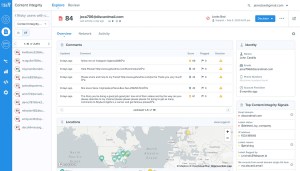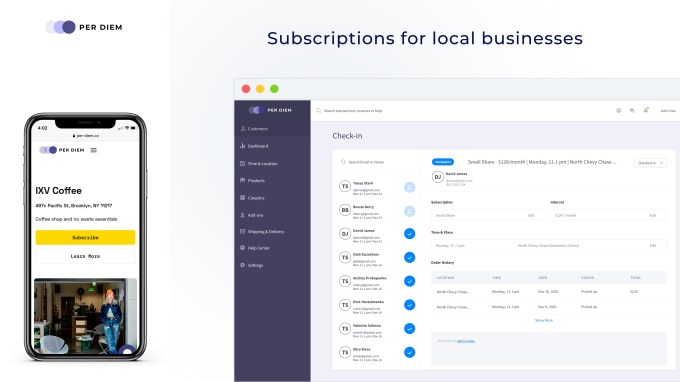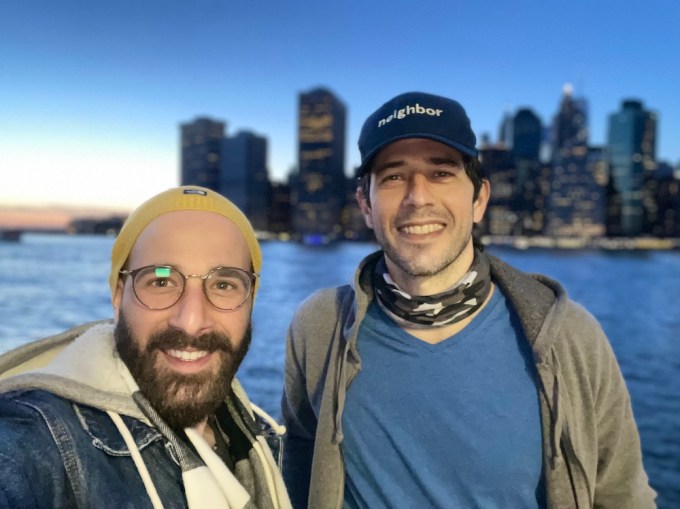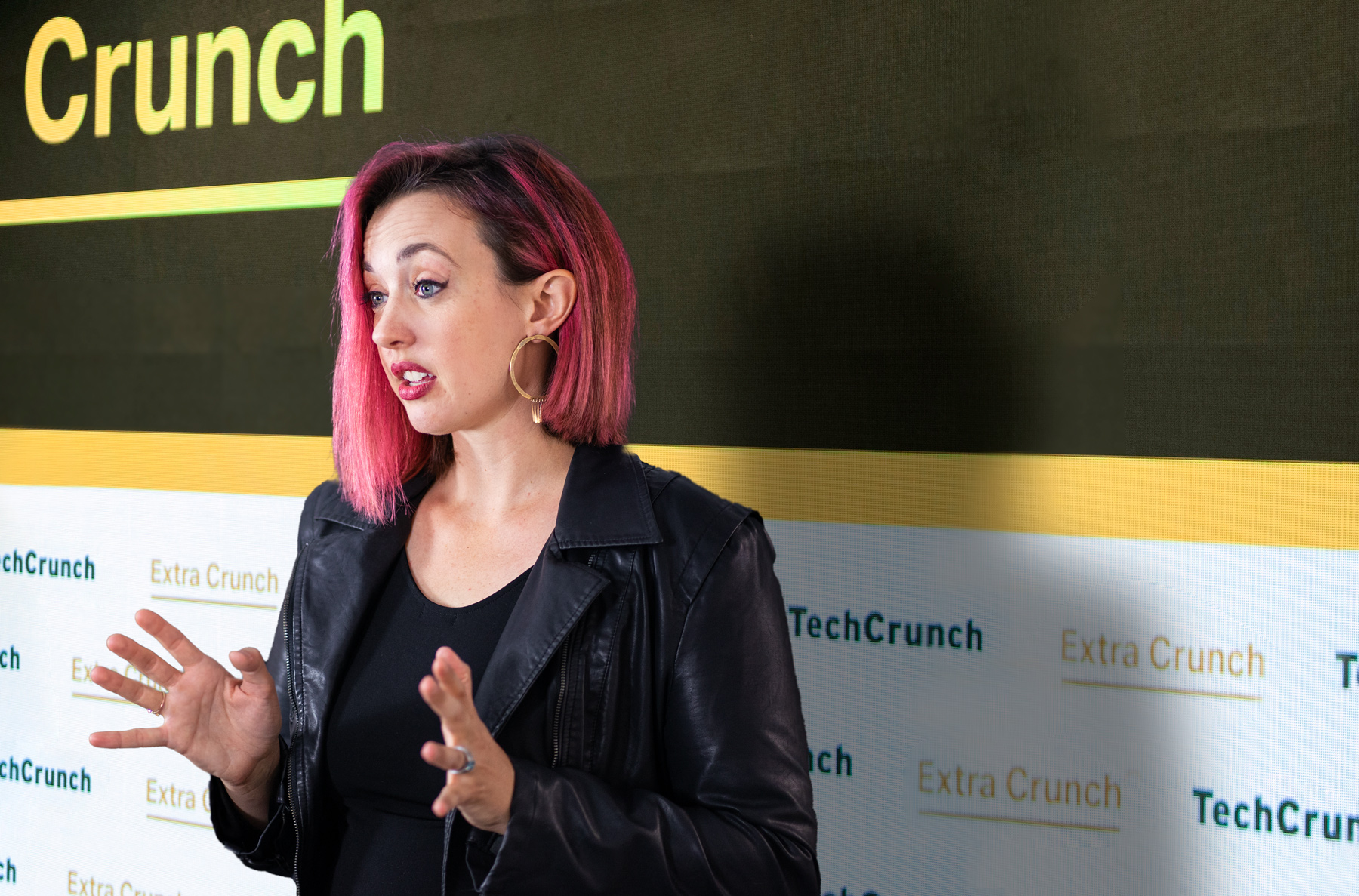When Xuezhao Lan first formed Basis Set Ventures, the goal was to leverage technology to give venture capital investing super powers.
From the earliest days, when Lan hired former TechCrunch reporter John Mannes, and then built out the team with the data scientist, Rachel Wong, former Upfront Ventures partner, Chang Xu, and former vice president of growth, Sheila Vashee, the focus was as much on technology products as it was on dollar investments and advisory services.
Together with Niniane Wang, a former advisor who now serves as the firm’s chief technology officer, Basis Set grounded its decisions in the technical bona fides of Lan’s firm. And product development isn’t something that the firm simply pays lip service about. Basis Set ships about three different updates to a massive suite of internal and external products every week, according to the partnership.
That product development is one reason why the firm has managed to stay relatively lean and why it was two times oversubscribed when it went out to raise its second fund, a $165 million vehicle, which closed recently.
The fund isn’t that much larger than the $136 million Basis Set had previously raised, but Lan thinks its the right size for her goals, which are to return massive amounts of capital to her limited partners.
Internal technology programs like the company’s Pascal system have allowed Basis Set to review roughly 9,000 different software deals developing tech in the company’s core thesis, which is artificial intelligence-enabled software as a service and business-to-business deals.

Image Credit: Getty Images
Over the next year, those technology services are going to start paying dividends, according to Lan, in the form of a couple of initial public offerings that will soon make their way to market.
And Basis Set doesn’t limit itself geographically, thanks to the coverage support that its software provides. “Pascal is a major asset for finding companies outside of the Bay Area,” said Lan.
Once those companies are identified and in the portfolio, the startups have access to a tool called HyperGrowth, which links tech companies with mentors from the Bay Area to help those companies scale. It’s another example of Basis Set’s product-driven approach, said Lan.
“When I started BSV, we’re a pretty technical team and technical people. Every single person came back to us to ask how to grow, how to do sales, how to do tech, how to make the first hires, introductions to customers, introductions to advisors. The number one need for companies is go to market,” said Lan. “Over time we started scaling that efforts. Introductions manually, and then holding events, and then bringing in a growth partner, Sheila. We built this tool where hundreds of advisors would opt in to be connected to a portfolio company.”
Currently Basis Set has at least three different programs all aimed to recruit and nurture talent that typical Bay Area firms haven’t traditionally focused on. The first is its Persistence platform, which is designed to help women developers and founders network and nurture connections and foster ideas. The firm also has a service that it calls Founder Superpowers, to help entrepreneurs identify and develop areas of strength while looking for additional tools to augment their capabilities.
“We had a data science team very early and we already started automating a bunch of things. These are the ones that made it to the end of the finish line. Because of the way we operate we are constantly iterating,” said Lan.
Another key factor for the company is trying to find a more diverse set of founders with different background from the typical Silicon Valley biography, Mannes said.
“We talk a lot about how to find founders outside of the Bay Area… the entrepreneurs who aren’t hanging out at Blue Bottle 24-7,” said Mannes. The Persistence platform, the Founder Superpowers tool, and the work that Basis Set does with Dev Color, an organization designed to support under-represented members of the tech community are all manifestations of that, Mannes and Lan both said.

Image via Getty Images / sorbetto
Companies in the firm’s current portfolio include: Ergeon, which helps simplify the process of staffing for the construction industry; the autonomous weed picking and crop dusting agtech startup, Farmwise; and Quince, which Basis Set has dubbed the anti-Amazon for its factory direct sales model.
Meanwhile, companies like the conversational machine learning company, Rasa; the privacy and compliance automation toolkit developer, DataGrail; the workflow automation software developer for deskless workers, Workstream; and Assembled, which provides tech infrastructure support for teams, have all raised significant follow-on funding.
All of these investments are undergirded by the technical team’s work and the collaboration with investors, the firm stressed.
“We’re in lock sink about what we need to build and we’re literally shipping every day,” said Vashee. “That’s what best in class looks like and that’s what we try to achieve… It’s the iron man suit. That’s what we’re looking to build with products here. Our goal is to automate every part of the process that we can while building the empathy with our founders.”

Source: Tech Crunch











